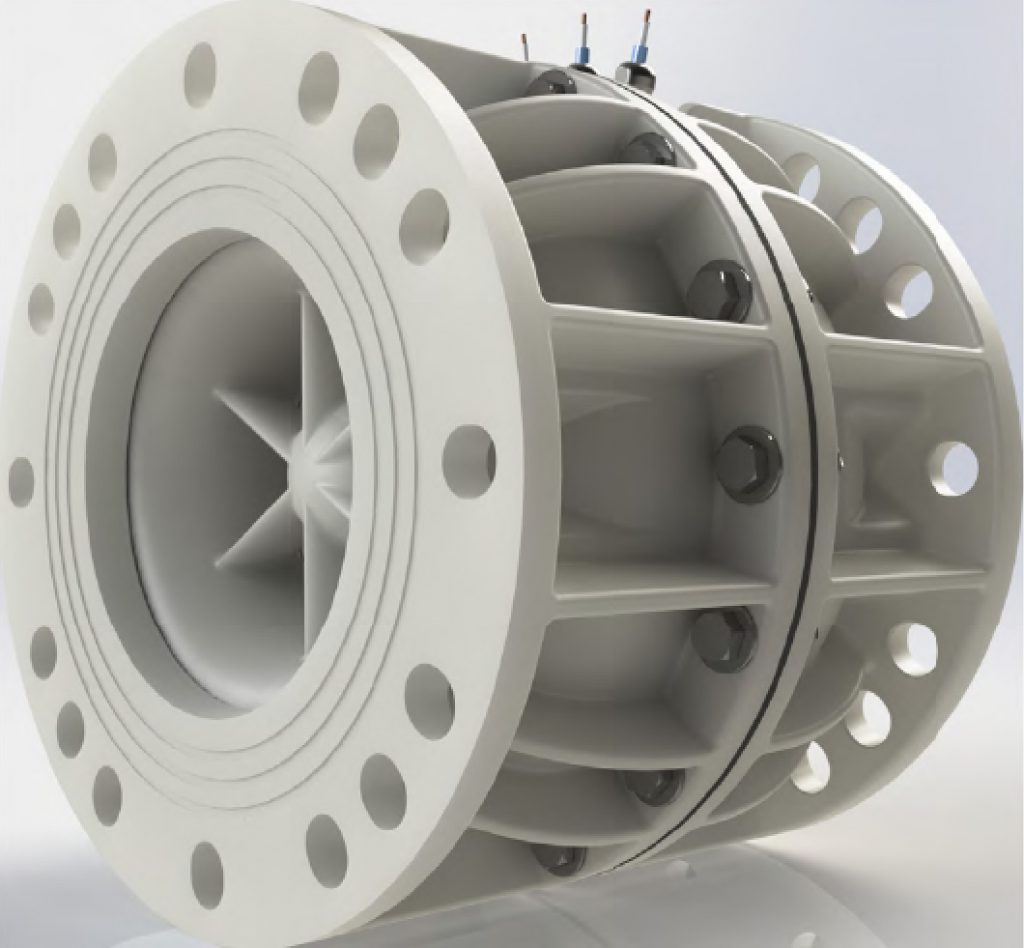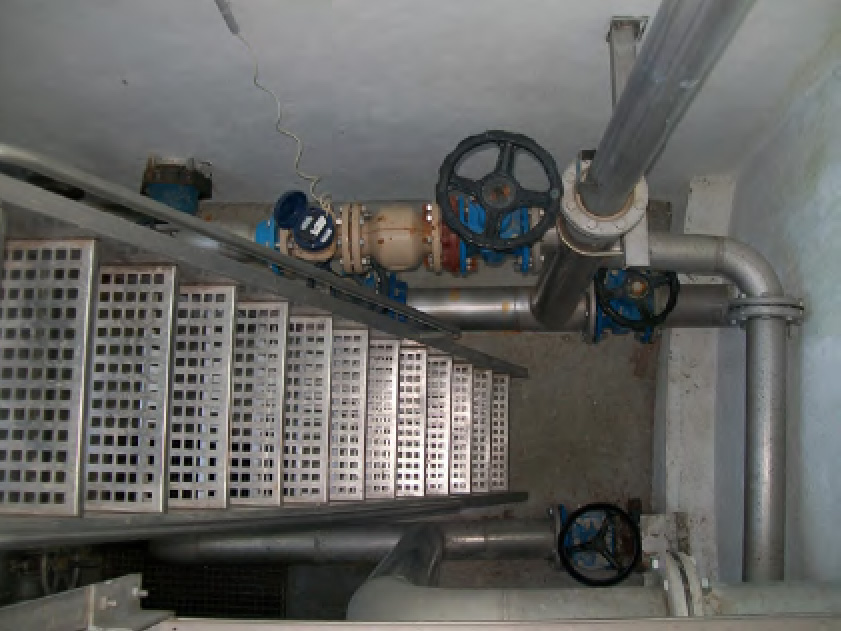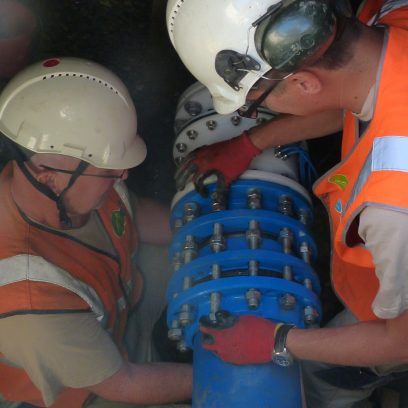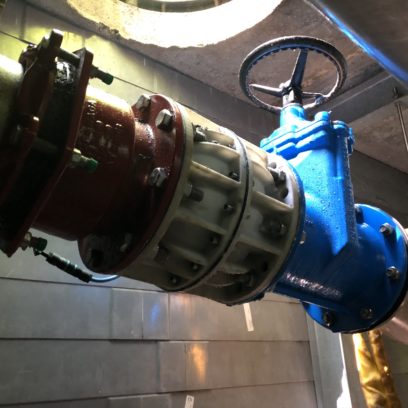Actual case
Drinking water collection network
Control and management of a collection site
Controlling leaks and guaranteeing water quality with measurements taken in the reservoir.
Issues
Drinking water treatment and control of leaks at a collection site.
Objectives
Water made drinkable by chlorination. Monitoring of water flow into and out of the reservoir to detect possible leaks.
Requirements
The operator was looking for an autonomous electric power supply for a chlorine pump and a remote data transmitter. The site already had a self-supplied flow counter.
Constraints
This site is isolated. Connection to EDF’s electric grid would be too expensive (several tens of thousands of euros). Solar panels had been installed on site but vandalised on multiple occasions, therefore another autonomous source of electricity was required.
Stakeholders
In this case, the main players were a design office and a federation of city councils.
The solution Save Innovations
Site configuration details and hydraulic data:
DN 100 pipes
Average flow 16m3/h
Pressure 2 bar
Admissible Delta P 0.1 bar
Electricity requirements:
Chlorination pump: 8 Wh permanently
Remote transmission: 6 Wh permanently
i.e. a total of 14 Wh permanently
PICOGEN 100
A PICOGEN 100 supplies all the site’s electrical equipment permanently in spite of the very low flow speed of the water on site.
The turbine actually produces an average 19W, i.e. daily electricity production of 456Wh.
The head loss due to the PICOGEN® is also extremely low: 0.08 bar.

Methodology
A design office contacted us to find a solution to a problem for one of its clients
The design office provided Save Innovations with the characteristics of the site to be equipped. These included all hydraulic data and electricity requirements.
A sales offer was provided by Save Innovations for the supply of a suitable PICOGEN® solution.
The order was placed by the design office for the site operator.
Delivery of the turbine, regulator and technical file.
A Save Innovations technician assisted with installation.
Monitoring of proper operation of the Save Innovations solution via remote data transmission.



